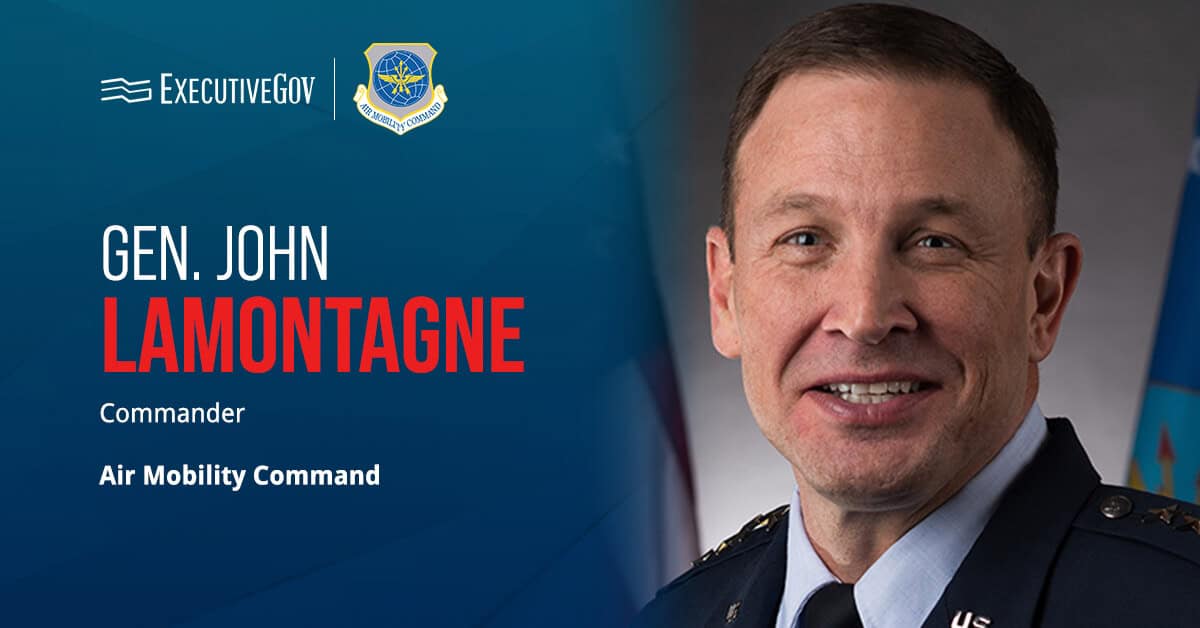
The Federal Aviation Administration has completed implementation of a new air traffic surveillance system across 155 airports. FAA said Monday that it activated the Automatic Dependent Surveillance – Broadcast system at Ohio-based Akron-Canton Airport and Mansfield Lahm Regional Airport for the last batch of implementation.
The ADS-B system works to boost the accuracy of tracking aircraft during air traffic control operations. FAA concluded the system’s implementation on schedule before Jan. 1 when aircraft are required to operate with ADS-B.
Pilots using the system receive location, weather, flight restriction and air traffic information on cockpit displays. The implementation covered airports, en route facilities and other air traffic control sites across the U.S.





